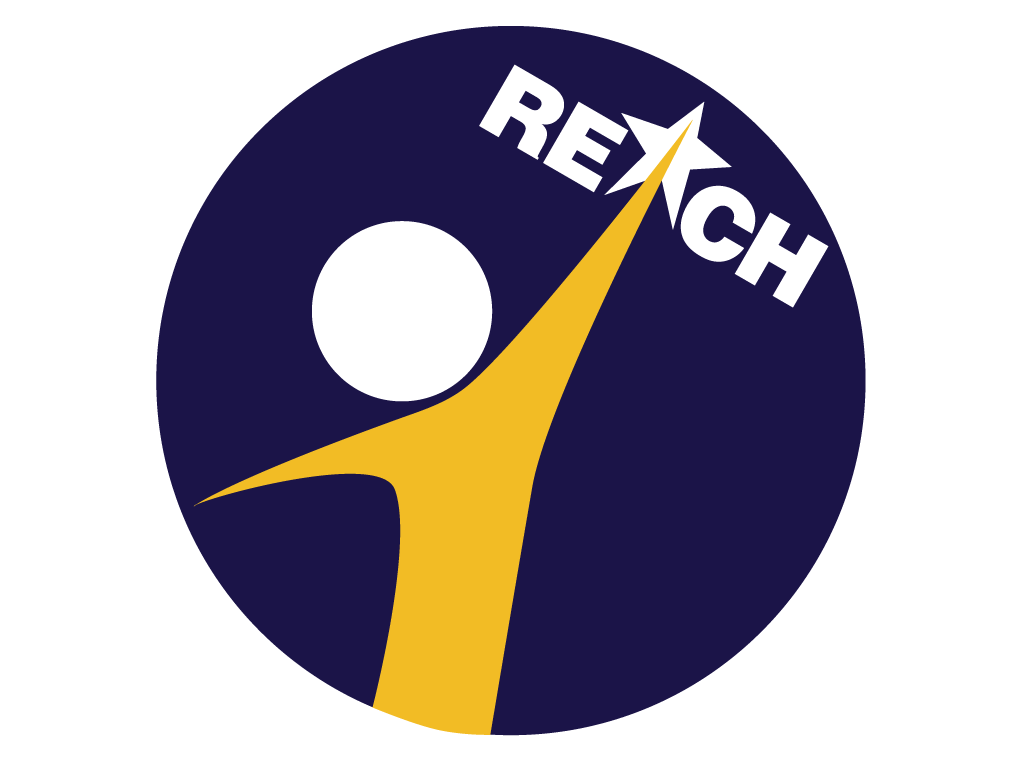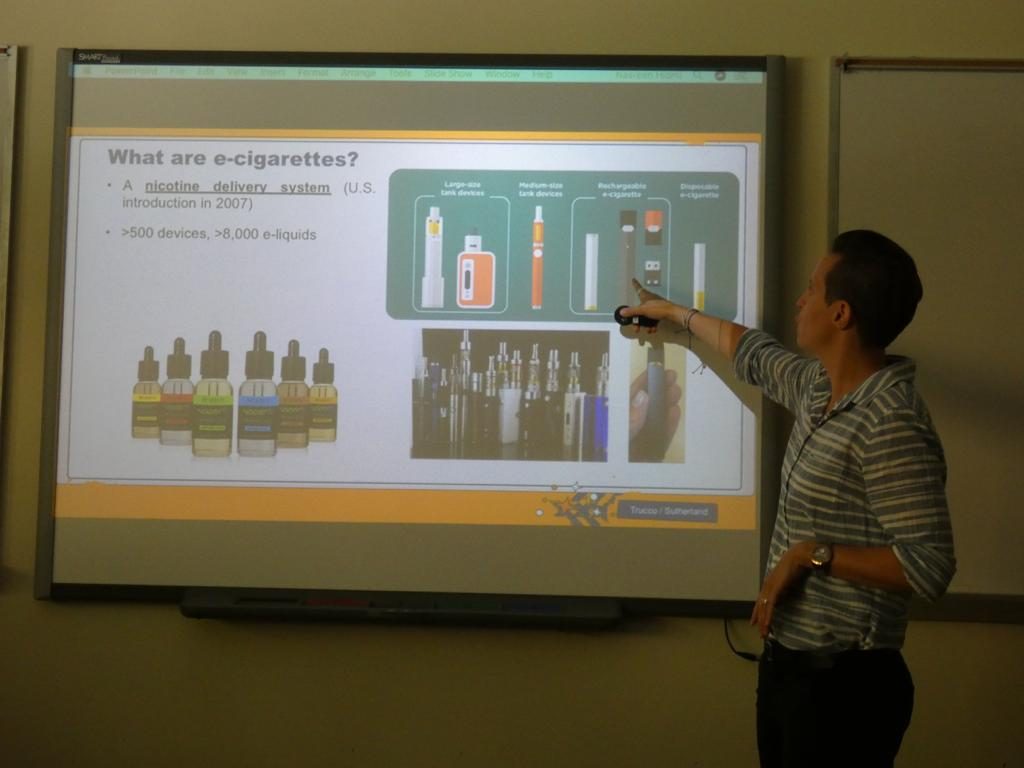Posted at 10:32h
in
Reach News
Traditional cigarette use has been highly researched, with thousands of studies detailing health risks and pathways to nicotine dependence. As a society, there is nothing unknown to fear in regards to cigarettes. We know that smoking cigarettes is associated with increased risks of cancer, lung and heart health deficiencies, and nicotine dependence. We know how cigarette use affects the developing brain, and we know how difficult it can be for cigarette smokers to achieve smoking cessation. When you compare the wealth of information we have on cigarette smoking to the almost barren amount of data we have on e-cigarettes, it seems appropriate to feel perplexed and almost fearful of the potential effects that e-cigarettes might have, specifically in adolescents. Dr. Sharon Levy, director of the Adolescent Substance Use and Addiction Program at Boston Children’s Hospital, says that ” it turns out that e-cigarette use by kids doesn’t look the same at all…How you’re delivering [nicotine] and how much you’re delivering … everything you change really matters.” As the article states,“Levy said she’s seen vape-addicted kids in her program showing what appear to be psychiatric symptoms rarely seen with traditional cigarettes or among adults. Some have anxiety and cannot focus, for example.” Researchers are racing to find more information about e-cigarettes, especially after the alarming and dramatic increase in adolescent vaping rates that the FDA recently called an “epidemic.”
So what do we currently know about e-cigarettes?
E-cigarettes were designed mainly to assist traditional cigarette smokers in the cessation process, and current research seems to show that e-cigarette use is in fact safer than cigarette use. This does not mean that e-cigarettes are safe to use; e-cigarettes have fewer chemicals and irritants than traditional cigarettes, but many known dangerous chemicals including lead and diacetyl (a chemical linked to lung disease) still exist in e-cigarette vapor and aerosol. The fact remains that e-cigarettes were meant mainly for adults who had spent years developing a nicotine dependence, not for teens who had never had experience with nicotine before using e-cigarettes. As the article states, “despite early fanfare that e-cigarettes might offer a less harmful alternative to adult smokers, experts say youth are being hit hard by a combination of how vapes deliver nicotine, how kids’ brains are wired and developing, and the gadgets’ unique appeal to kids.”
Levy also spoke about the nicotine content in a Juul pod (one Juul pod has the same amount of nicotine as roughly one pack of cigarettes), saying: “[It’s unclear] how high those [nicotine] peaks go and how quickly it gets into the bloodstream and into the brain.” Levy continued, saying that teens tend to report symptoms that “sound a lot like nicotine toxicity,” such as headaches and stomach aches. Maciej Goniewicz, an associate professor of oncology and pharmacology at Roswell Park Comprehensive Cancer Center, “found higher levels of cotinine — a breakdown product of nicotine — in the urine of adolescent vapers than had been reported in prior research of teenage cigarette smokers.” According to Goniewicz, “vape manufacturers may be able to pack more nicotine into their products by creating “nicotine salts,” which may mask nicotine’s naturally unpleasant taste and lead the drug to be absorbed by the body quicker.”
A big fear researchers also have is nicotine consumption in relation to brain development in adolescents. The brain does not finish developing until your mid-twenties, and nicotine can harm the developing adolescent brain in the parts controlling attention, memory, learning, mood, and inhibition. Using nicotine in adolescence has also been shown to increase the risk for future addiction to other drugs, like cocaine. This is due to nicotine changing the way synapses, the connections in the
brain, are formed. Adam Leventhal, director of the Health, Emotion, and Addiction Laboratory at the University of Southern California, says that “the circuits underlying pleasure and the pursuit of novel, enjoyable experiences develop much faster than the circuits that promote decision making, impulse control and rational thinking.”
Levy is also concerned with treatment for these nicotine dependent teens, suggesting that while medications may be helpful, counseling is also necessary. “We end up needing to teach kids how they can deal with cravings, how they can identify high-risk situations, how they can actually deal with being surrounded by people who are using these things,” Levy said. “Because the reality is that, for most kids, we treat them and put them back in school, and then they go to the bathroom, and everybody’s Juuling.” She also stresses correcting the misinformation the public has concerning the safety of e-cigarettes, saying that “Even to this day, I have kids saying, ‘well, I thought it was safe’ or ‘I know it’s safer than cigarettes,’…and ‘safer than cigarettes’ is a really low bar”
For more information from the article, click here.
























